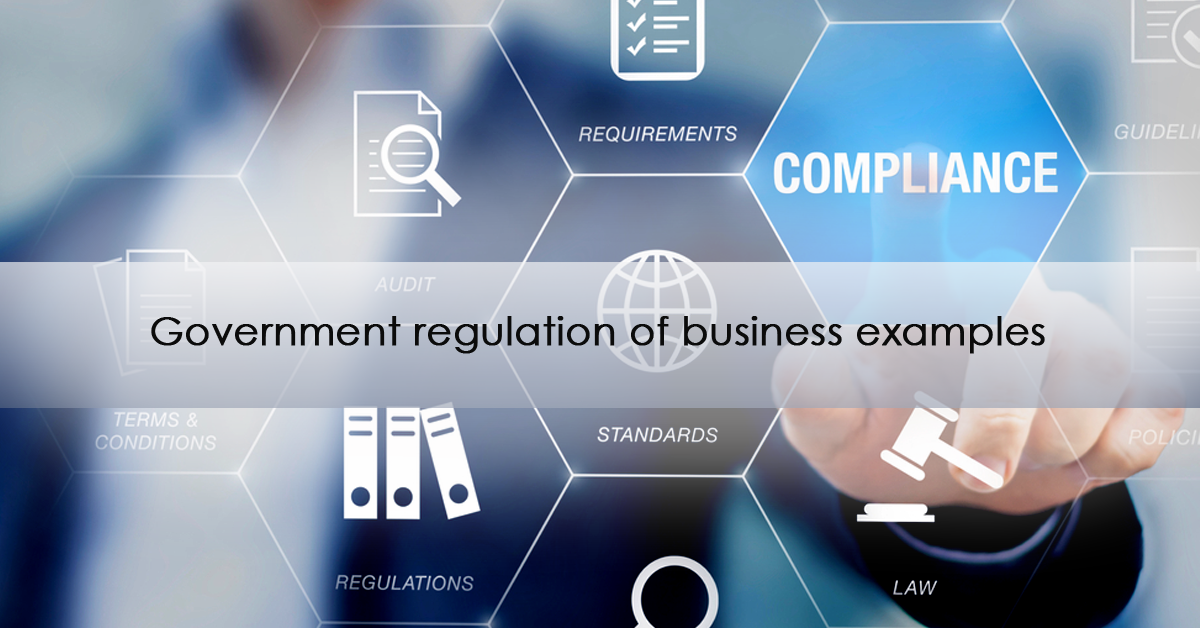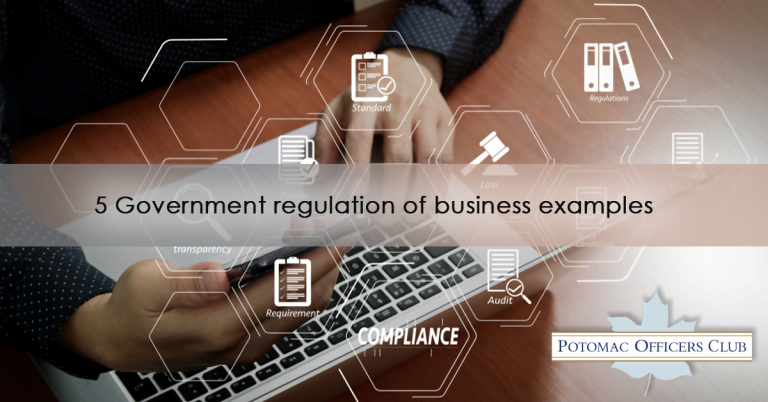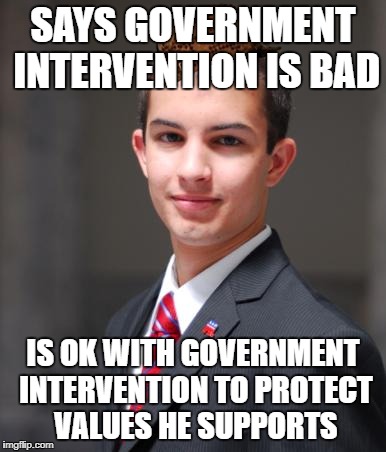Bad Government Regulation Examples
Bad Government Regulation Examples
Government regulations play a crucial role in ensuring fair and ethical business practices. However, there have been instances where these regulations have had unintended negative consequences. In this article, we will explore some examples of bad government regulation and the impact they can have on businesses.
1. Occupational Licensing

One example of bad government regulation is excessive occupational licensing requirements. While the intention behind licensing is to protect consumers and ensure quality services, overly burdensome regulations can stifle competition and create barriers to entry for entrepreneurs.
2. Price Controls

Another example of bad government regulation is the implementation of price controls. While the goal is to protect consumers from price gouging, these controls can lead to unintended consequences such as shortages, black markets, and reduced innovation.
3. Excessive Paperwork

Excessive paperwork and bureaucratic red tape can also be seen as a form of bad government regulation. Businesses are often burdened with complex reporting requirements, leading to increased costs and decreased productivity. This can be particularly challenging for small businesses and startups.
4. Overregulation of Small Businesses

Overregulation of small businesses is yet another example of bad government regulation. While regulations are necessary to maintain fair competition, overly burdensome rules can hinder the growth and development of small businesses, stifling innovation and job creation.
5. Inflexible Labor Laws

Inflexible labor laws can also be considered as a form of bad government regulation. While labor laws aim to protect workers' rights, rigid regulations can make it difficult for businesses to adapt to changing market conditions and can hinder job creation.
FAQs
Q: What are the consequences of excessive occupational licensing?
A: Excessive occupational licensing can create barriers to entry for new entrepreneurs, limit competition, and hinder innovation in the industry. It can also lead to higher prices for consumers.
Q: How do price controls impact the market?
A: Price controls can often result in shortages, creation of black markets, and reduced incentives for businesses to invest in new products and services. This can ultimately harm the consumers they aim to protect.
Q: What are the challenges posed by excessive paperwork?
A: Excessive paperwork can increase administrative burden, raise costs for businesses, and reduce efficiency and productivity. It disproportionately affects small businesses and startups that have limited resources.
Bad Government Regulation Examples
 Image Source : schoolmentoring.org
Image Source : schoolmentoring.org Bad Government Regulation Examples
 Image Source : schoolmentoring.org
Image Source : schoolmentoring.org 5 Examples Of Government Regulation Of Businesses - ExecutiveBiz
 Image Source : blog.executivebiz.com
Image Source : blog.executivebiz.com Is Government Regulation Really So Bad For Business? - The Business
government regulation business bad
Bad Government Regulation Examples
 Image Source : schoolmentoring.org
Image Source : schoolmentoring.org 5 Government Regulation Of Business Examples - Potomac Officers Club
 Image Source : potomacofficersclub.com
Image Source : potomacofficersclub.com 5 Examples Of Government Regulation Of Businesses
 Image Source : executivegov.com
Image Source : executivegov.com Bad Government Regulation Examples
Bad government regulation examples. 5 examples of government regulation of businesses. 5 government regulation of business examples. 5 examples of government regulation of businesses. Bad government regulation examples